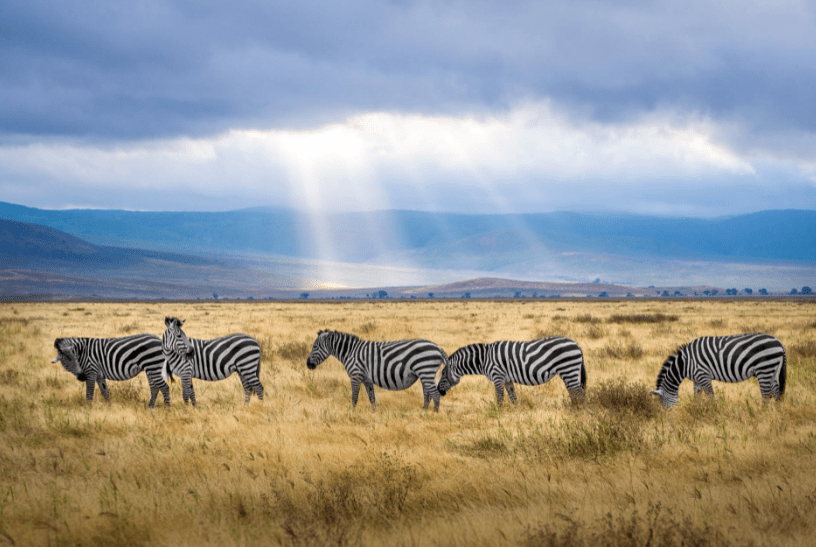Safaris and national parks are a great place to be! Teeming with flora and fauna, going on a safari is a sure way to be one with nature and outdoors.
And of course, you would not miss it for the world to take great photographs! A wonderful moment in a safari should be immortalized through photographs. Therefore, it is a must that we ace our photography game on the field.
If you are planning on a safari trip and you want to snap the best photos possible, then you’re lucky to have found this article. Below, we will dive into the tips for better safari photography. And the best thing about these reminders? You do not have to be a pro photographer to ace these tips! Listed below are what you should keep in mind during your safari trip. And if you also want to find out how to undergo a reliable lie Detector Test, click the given link.
Choosing the right equipment
First things first, great photos require equally great equipment. If you want to be serious about getting great shots, then you will need more than an iPhone to take these. If you don’t have enough budget to buy a DSLR, consider renting one or a lens if you are sure you would not need it again.
Here’s a rundown of your must-haves:
- A rugged, moisture- and dust-resistant camera (at least a 300/400 mm equivalent)
- Zoom lens (also known as telephoto lens)
- Wide angle or mid-range lens
- Lens cleaning equipment
- Camera bag
- Spare memory cards
- Spare batteries
- A tripod to take long exposures of stars at night
The burst shooting mode
In case you have not heard about it, the burst shooting mode allows you to take 5 to 10 photos in a second by holding down the shutter! This is extremely useful if you are trying to capture a moving or running animal. For instance, if you want to capture that lion that only goes out of the den frequently, then the burst shooting mode will help you not forget the wonderful sight you have just seen. Perhaps two waterbucks that are fighting one another!
Study your camera
If you are clueless about cameras and their settings, it’s important to brief yourself with its basics. You can consult a professional photographer to teach you the do’s and don’ts and the tips for capturing different subjects in the wildlife. If you don’t know someone, then you can simply watch tutorial videos online.
Change your framing
Imagine seeing an elephant then taking a picture of it in full frame, only realizing that you have the same photo as anyone else. That sucks, right? Add an element of creativity in the wildlife to make out the best shots in the safari! You have to realize that you are not in the safari to only take pictures of animals—you could also snap photos of animals in their environment to make it more substantial.
Here are some tips about changing your framing:
- Do not overuse your zoom lens. Just because you have it does not automatically mean you will have to zoom every shot. Try to de-zoom and snap photos at 100 or 150 mm to take a picture of the wildlife in its natural habitat.
- Change your lens. If animals are just close by, then don’t use a zoom lens. Use a standard wide-angle lens to shoot ambient snaps of these wildlife.
It’s not all about wildlife
We feel you, there are a lot of amazing animals around! And that it’s not everyday you will get to see them!
But the safari is not only all about elephants, rhinos, giraffes, birds, antelopes, and the like. It is an overall experience! The safari is your oyster—meaning, everything can be a subject of your camera! For instance, you can take a picture of a nearby camp, a path, a big tree, or the lush mountains! The landscapes are scenic even without the animals, so don’t forget to take snaps of them.
Include people or other things for scale
It can be incredibly impossible to thing how massive animals are on safari! But usually, it can be hard to convey how big they really are in photos. So, consider including other objects (such as a tree) or people for scale, so that the animal’s size can be easy to communicate visually.
Wear neutral-colored clothes
There is a reason why people in safaris are portrayed in neutral colors. These colors are not alarming and eye-catching to most animals. In most areas around the safari, wildlife know that safari vehicles are not to be feared, but a number of animals still run away. Wearing neutral-colored clothes will lessen your visibility in the safari, which increases the likelihood of getting amazing photos!
Focus on the eyes
When taking photos of animals or people, you should place your focus point on the eyes! It makes the overall photo engaging and sharp!

